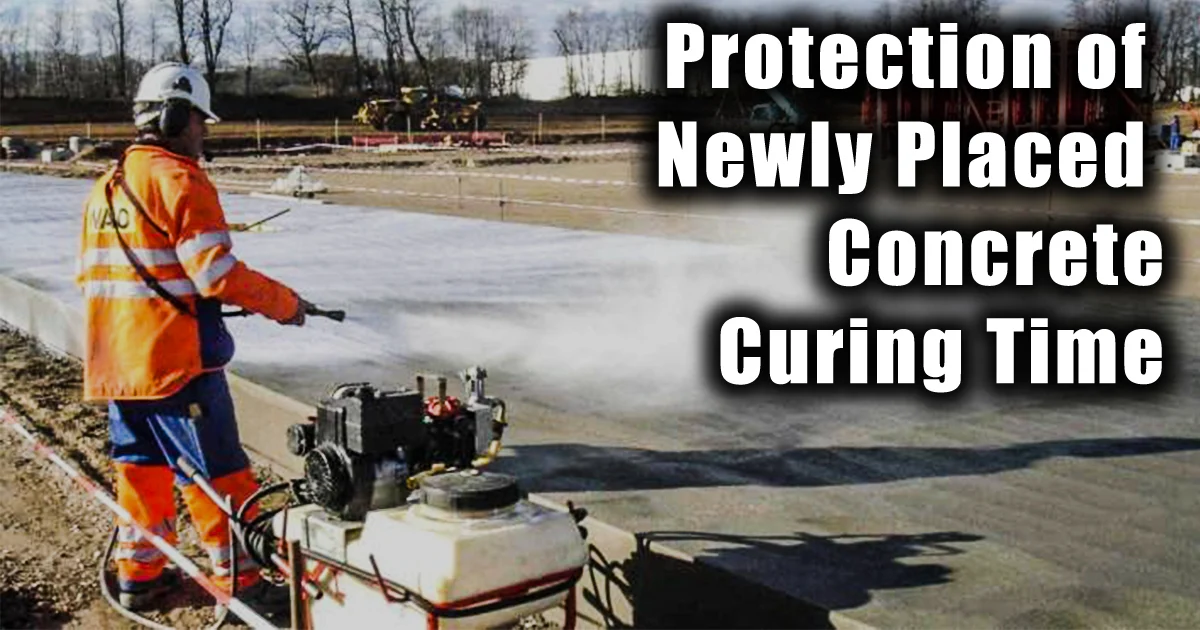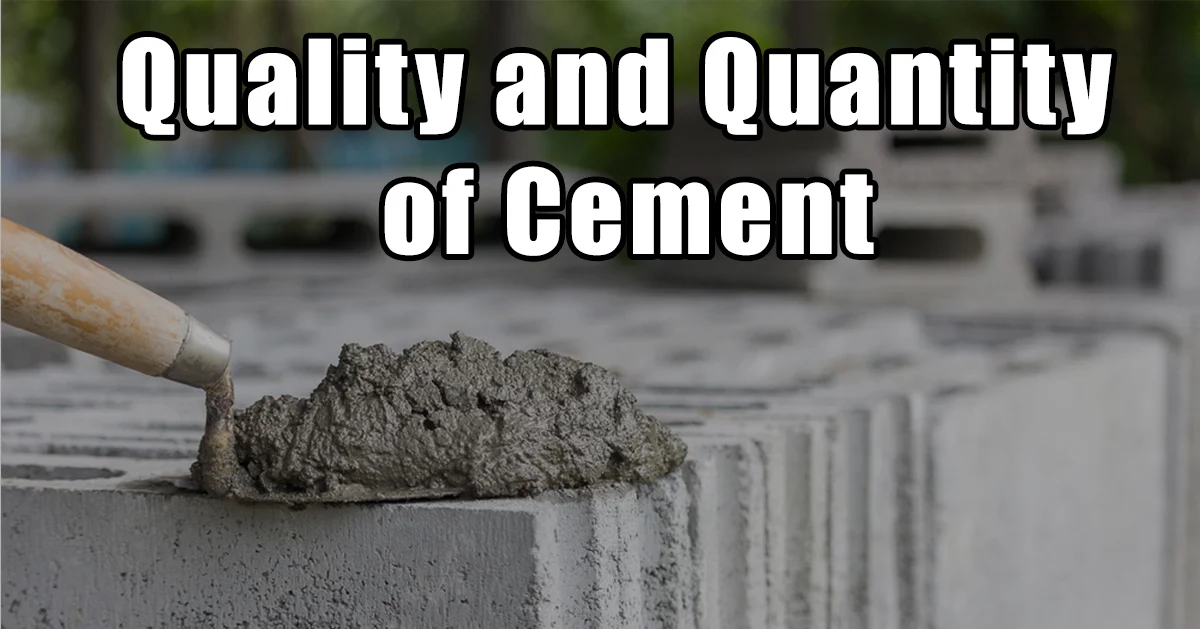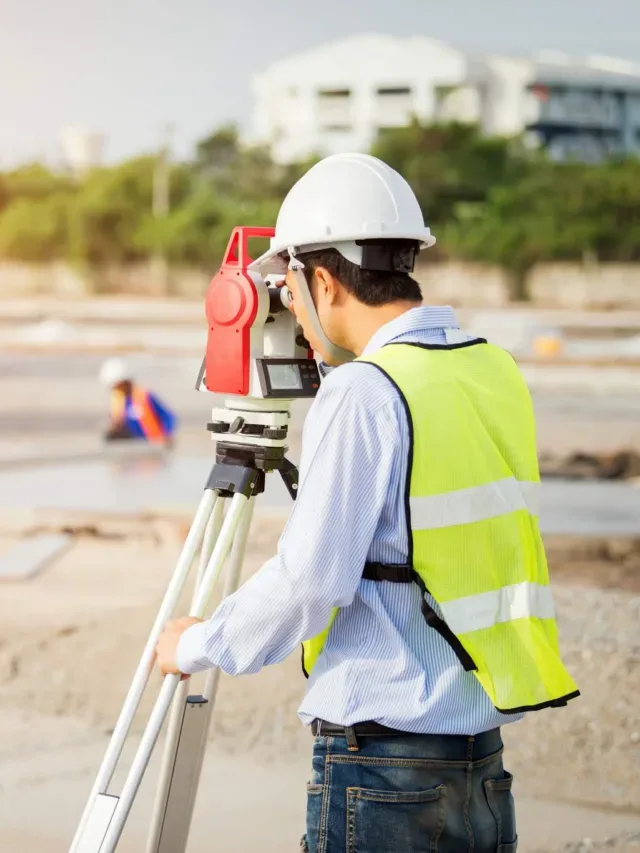High-Performance Concrete

High-performance concrete
High-performance concrete (HPC) is a relatively new term used to describe concrete that conforms to a set of standards above those of the most common applications, but not limited to strength. While all high-strength concrete is also high-performance, not all high-performance concrete is high-strength. Some examples of such standards currently used in relation to HPC are:
• Ease of placement
• Compaction without segregation
• Early age strength
• Long-term mechanical properties
• Permeability
• Density
• Heat of hydration
• Toughness
• Volume stability
• Long life in severe environments
Self-consolidating concretes
During the 1980s a number of countries including Japan, Sweden and France developed concretes that are self-compacting, known as self-consolidating concrete in the United States. This self-consolidating concrete (SCCs) is characterized by:
• extreme fluidity as measured by flow, typically between 650-750 mm on a flow table, rather than slump(height)
• no need for vibrators to compact the concrete
• placement being easier.
• no bleed water, or aggregate segregation
• Increased Liquid Head Pressure, Can be detrimental to Safety and workmanship
SCC can save up to 50% in labor costs due to 80% faster pouring and reduced wear and tear on formwork.
As of 2005, self-consolidating concretes account for 10-15% of concrete sales in some European countries. In the US precast concrete industry, SCC represents over 75% of concrete production. 38 departments of transportation in the US accept the use of SCC for road and bridge projects.
This emerging technology is made possible by the use of polycarboxylates plasticizer instead of older naphthalene based polymers, and viscosity modifiers to address aggregate segregation.









